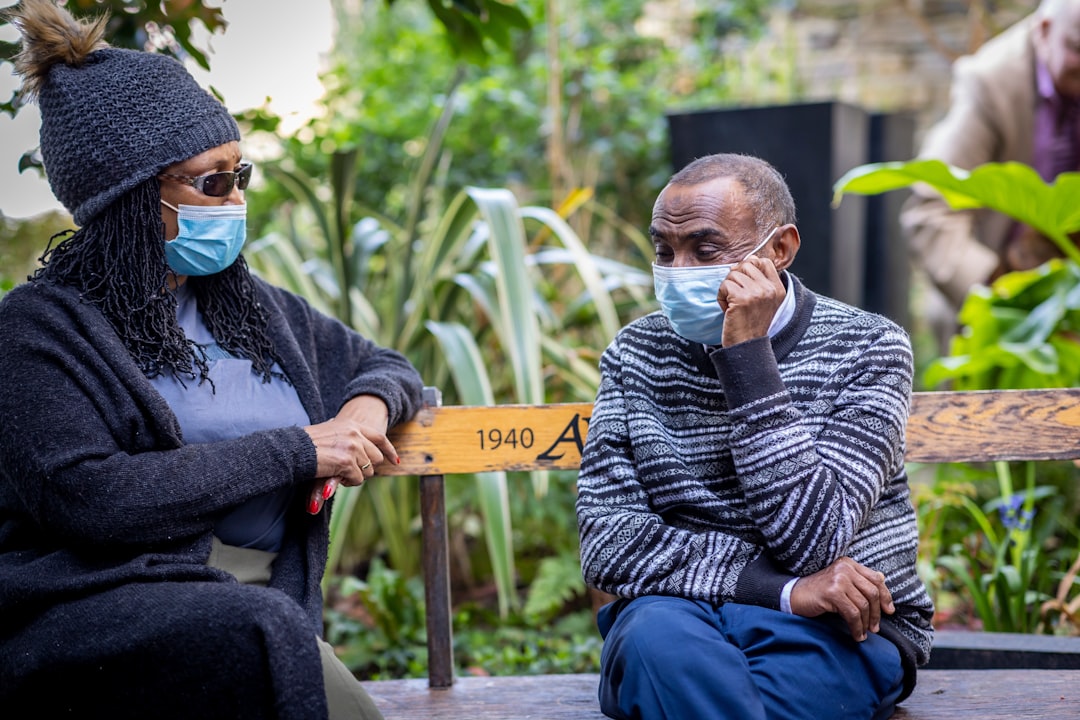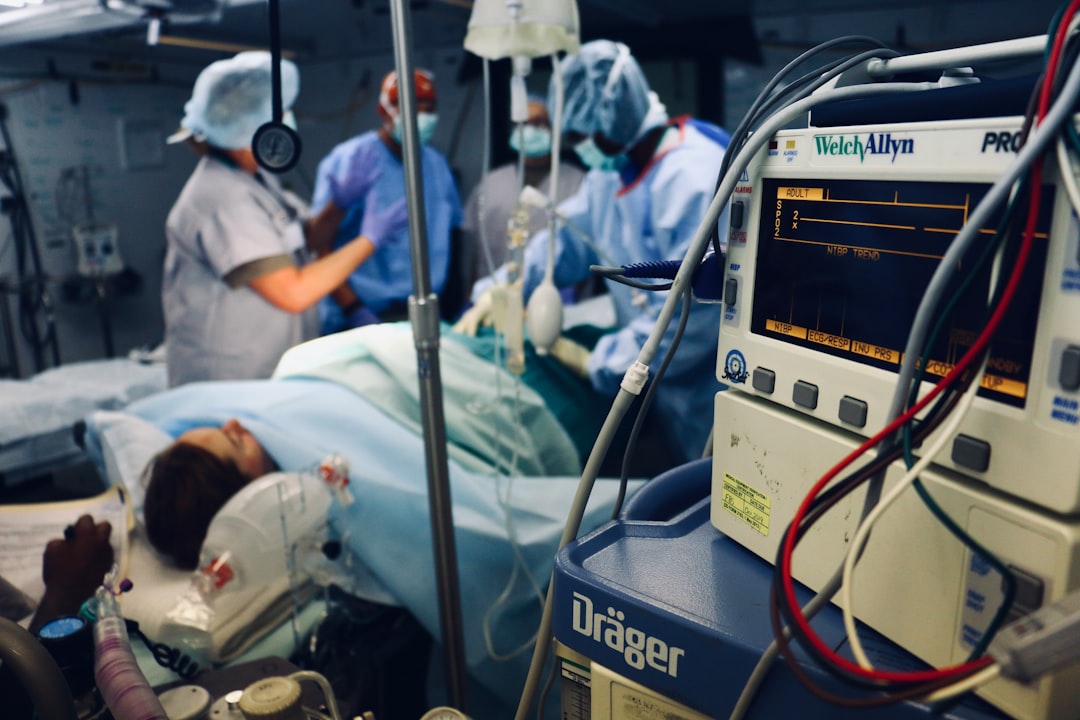What is it about?
The study discusses the effects of trans-spinal direct current stimulation (tsDCS) on postural sway during quiet standing in healthy young subjects. The study did not find any statistically significant effects of tsDCS on postural sway, despite previous studies showing motor performance improvements in tasks executed with the lower limb. The study proposed an alternative stimulation protocol that addresses the issue of blinding the subject to different stimulus conditions, including sham trials, and suggested future research could verify if tsDCS can induce changes in quantifiers of postural control in other groups of subjects such as the elderly, elderly with a history of falls, or individuals with specific neurological disorders.
Featured Image

Photo by Hal Gatewood on Unsplash
Why is it important?
This work is important because it investigates the effects of transcutaneous spinal direct current stimulation (tsDCS) on postural control in healthy young individuals during quiet standing. TsDCS is a non-invasive spinal cord electrical stimulation technique that has shown promise in inducing neuromodulation of local and distal neural circuits of the central nervous system (CNS), and previous studies have reported improvements in motor performance with tsDCS in healthy young individuals. This study addresses a gap in the literature by investigating the potential effects of tsDCS on postural control, which is relevant for various populations, including individuals with neurological disorders or elderly individuals who are at an increased risk of falls. The study also proposes a novel initialization of electrical stimulation to improve subject blinding and provides insights into potential limitations and challenges in using tsDCS for postural control. The findings of this study can inform future research on the use of tsDCS for improving postural control and balance in clinical populations and contribute to the development of optimized stimulation protocols and methodologies for tsDCS studies.
Perspectives
Exploration of alternative stimulation protocols: The study's novel initialization of electrical stimulation could be further explored and compared to other methods for improving subject blinding in tsDCS studies. Additionally, different electrode placements and stimulation parameters could be tested to investigate the optimal stimulation protocol for inducing postural control changes. Investigation of different subject populations: While the study focused on young healthy individuals, future research could investigate the effects of tsDCS on postural control in different populations, such as elderly individuals, individuals with neurological conditions, or individuals with a history of falls. This could provide insights into the potential clinical applications of tsDCS for improving postural control and reducing fall risk. Mechanistic insights: The study noted that previous research has reported tsDCS-induced changes in electrophysiological responses related to the spinal cord and supramedullary neural pathways. Future studies could explore the underlying mechanisms of tsDCS-induced neuromodulation on postural control and how it may influence specific aspects of leg motor control. Comparison with other neuromodulation techniques: While the study did not find significant changes in postural sway with tsDCS, future studies could investigate the effects of other neuromodulation techniques, such as transcranial magnetic stimulation (TMS) or transcutaneous electrical nerve stimulation (TENS), on postural control. Comparing the effects of different neuromodulation techniques could provide insights into their relative efficacy and potential clinical applications.
felipe fava de lima
Universidade de Sao Paulo Campus da Capital
Read the Original
This page is a summary of: Transcutaneous spinal direct current stimulation (tsDCS) does not affect postural sway of young and healthy subjects during quiet upright standing, PLoS ONE, April 2022, PLOS,
DOI: 10.1371/journal.pone.0267718.
You can read the full text:
Contributors
The following have contributed to this page










